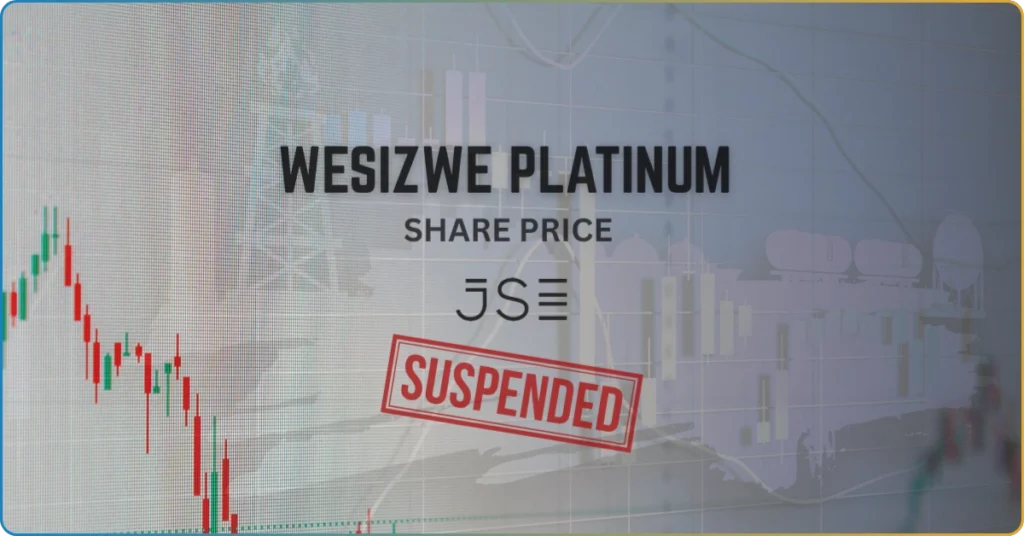The wealth that crude oil brings to its respective nations presents its power and influence in the global economy. With its implications, this petroleum is often considered black gold.
But unlike gold, crude oil exudes versatility and utility. It’s the commodity that produces gasoline, diesel, plastics, synthetic materials, and pharmaceuticals.
That fact underscores the global dependence on crude oil for industrial processes and energy production.
This TRU Insight walks you through the Brent crude oil price in South Africa in 2025. We’ll explore its historical prices, the factors affecting its value, and future price.
Brent Crude Oil Price in South Africa
Once the leading global commodity, crude oil has been on a decline for almost three years due to several international economic scenes.
In 2024, the Crude oil market opened at USD 77.59 per barrel (January 1) and closed at USD 76.51 (December 30). The crude price per barrel ranges from USD 65.27 to USD 87.67 in 2024.
Ultimately, this marks the two-year decline in crude price following the COVID-19 pandemic, the Russia-Ukraine war, and the Iran international sanction.
Here’s the prices of Brent crude oil in South Africa:
| Price category | Price per barrel |
| 52-week range | ZAR 1,220.96 to ZAR 1,639.98 |
| All-time high | ZAR 2,692.87 |
| USD/ZAR exchange rate | 18.71 |
Related: Commodities Investment 2025: Gold Price in South Africa Today
What Is Brent Crude Oil?
Before we dig deep into the price of crude oil and the factors affecting it, let’s first address the main confusion regarding oil trading – the differences between oil, crude oil, and Brent crude oil.
- Oil is the umbrella term representing all petroleum products.
- Crude oil is a specific type of oil. It’s considered black gold due to its significant impact on the global economy and its intrinsic value.
- Brent crude oil is one type of crude oil. However, this crude oil serves as the benchmark for the global crude oil price as an estimated 80% of crude oil contracts reference Brent oil.
Extracted from Brent, Oseberg, Forties Blend, and Ekofisk oil fields, the Brent crudes are considered a “sweet” crude oil. With its light texture, refiners find it easier to produce gasoline and diesel with sweet crude oil – thus, it’s global demand.
Remember, the place where oils are extracted also influences its demand and price.
Take the West Texas Intermediate (TWI) oils for example.
WTI is a sweet or light oil extracted from wells in the U.S.; However, it’s less preferred by consumers due to costly shipping processes.
The oil consistency of the extracted oil affects buyers’ preferences.
Dubai oil has a thicker consistency due to its high sulfur content, making it harder to refine for production. This makes this crude oil type lower in grade than WTI and Brent crude.
Finally, Brent crude is the most important and preferred crude oil due to its cheaper logistics cost and light consistency.
Historical Prices of Crude Oil
The commodity markets are naturally volatile; however, the crude oil price has experienced significant fluctuations for the past decades.
July 2008 – All-Time High
In mid-2008, the crude oil price hit a historic high level of USD 143.92.
This recorded all-time high was driven by the continued geopolitical tensions in Iran and the concerns about the renewed Nigerian violence. Both Iran and Nigeria belong to the world’s leading oil exporters.
The feared crude scarcity was the reason for buyers, investors, and speculators to panic-hold the petroleum.
February 2009 – Dip After the ATH
Only six months after the impressive ATH, the price of crude oil plummeted to a low of $39.09 in February 2009.
This sharp decline was due to the 2008 Great Recession, leading to a vast unemployment rate and financial crisis.
March 2013 – Recovery after the Dip
The crude oil market had shown recovery following the end of the Great Recession. It was priced at USD 125.78 in March 2013.
April 2020 – All-Time Low
In 2020, the oil market had its worst year by recording an all-time low of USD 18.38.
The entry of the Covid-19 pandemic caused problems for the world’s major oil producers. As the government closed all businesses to prevent the spread of the virus, oil supply increased as exports were halted.
For the record, this market period caused U.S. oil prices to record their first negative market in history.
June 2022 – Recovery from the ALT
Following Russia’s invasion of Ukraine and the low oil global inventories that were recorded, there was a significant oil price increase.
In June 2022, the crude oil market impressively peaked at USD 123.07. This marked the market’s recovery from the devastating 2020 Covid-19 period.
However, from the last peak two and a half years ago, the price of crude oil remains in turmoil.
Global Scenes Affecting the Crude Oil Price
It’s been a busy decade for the global economy as the world dealt with various geopolitical tensions, pandemic crises, recession scares, and environmental challenges.
Ultimately, these global scenes significantly contributed to the price turmoil the oil market is experiencing.
Stringent Environment Policies to Battle Global Warming
Both the extraction of oil and its use in the energy sector are considered detrimental to our environment.
Thus, various regulators have implemented different policies to limit the production, distribution, and use of energy resources like petroleum and gasoline.
Moreover, the development of different technologies to promote the “Greener Future” resulted in a decrease in oil demand – pushing its price down.
One notable example of this is the 10-point plan of the International Energy Agency (IEA) to cut global oil use, ultimately tackling the worldwide energy crisis. Essentially, this 10-point plan aimed to reduce the use of gasoline and energy consumption in the public’s everyday lives.
Slowing Economic Activity and Recession Scare
Several analysts, including those of J.P. Morgan, revealed the increasing possibility of the U.S. recession. Additionally, the majority of economies shared a common sentiment of the inevitable recession due to U.S. President Trump’s new economic agenda.
Evidently, the re-elected U.S. president warned economists about the additional 10% tariff on all Chinese exports to the U.S. and a 25% tariff on Canada and Mexico.
These three nations are the major trading partners of the U.S., and an increase in tariff could result in more costly U.S. imports.
This would decrease the U.S. trade balance.
Global Recovery from Covid-19 Pandemic
On the brighter side, the economic recovery from the COVID-19 pandemic is resulting in an increase in oil demand.
During the onslaught of COVID-19, the oil demand destruction occurred due to lockdowns and reduced economic activity.
As the world recovers, demand for oil has surged. If the production and exports of oil continue, the market will see an increase in demand.
To support this, governments around the world have implemented economic stimulus measures to boost recovery. Ideally, this will be integral to increasing industrial activity and energy consumption to drive up oil prices.
Ongoing Russia-Ukraine War
Russia is one of the world’s largest oil producers. The war has led to sanctions and disruptions in Russian oil exports, tightening global supply and pushing prices higher.
Additionally, the conflict created uncertainty that led to volatility in oil prices. Investors often react to geopolitical tensions by driving prices up due to fears of supply disruptions.
The Future of Crude Oil
Weaker Chinese Outlook
Being one of the largest consumers of crude oil, China significantly impacts global demand.
Recent data suggests a weakening Chinese economy, with lower-than-expected growth in retail sales and industrial output. This reduced demand from China is expected to keep crude oil prices relatively lower, with analysts forecasting prices around USD 70 per barrel in 2025.
Complementing the forecast, the International Energy Agency (IEA) expects the price of crude oil to be USD 74 per barrel, similar in 2024.
Incoming Trump Administration
The potential policies of the incoming Trump administration could also impact crude oil prices.
A possible ceasefire in the Russia-Ukraine conflict and tighter sanctions on Iran could affect global oil supply and demand dynamics.
Tighter sanctions on Iran, a major oil producer, could further restrict its oil exports, leading to supply constraints and potentially higher prices.
How to Trade Crude Oil
Crude oil is a highly traded commodity influenced by geopolitical events, supply-demand dynamics, and economic data. Trading primarily occurs via futures contracts, which allow traders to profit from price fluctuations.
But first, let’s define the concept of a futures contract.
A futures contract is an agreement to buy or sell crude oil at a set price and date. It involves these key characteristics:
- Set Terms: The price is agreed upon based on market conditions during execution.
- Expiration: Contracts expire on a specific date and become invalid unless closed or rolled over.
Remember, each contract represents 1,000 barrels of oil. This means that you must trade 1,000 oil barrels to control a single future contract position.
For example, Brent crude oil is priced at $75 per barrel, one contract equals $75,000.
To make it accessible, online brokers offer leverage to their customers. This allows traders to take large positions with less capital.

















